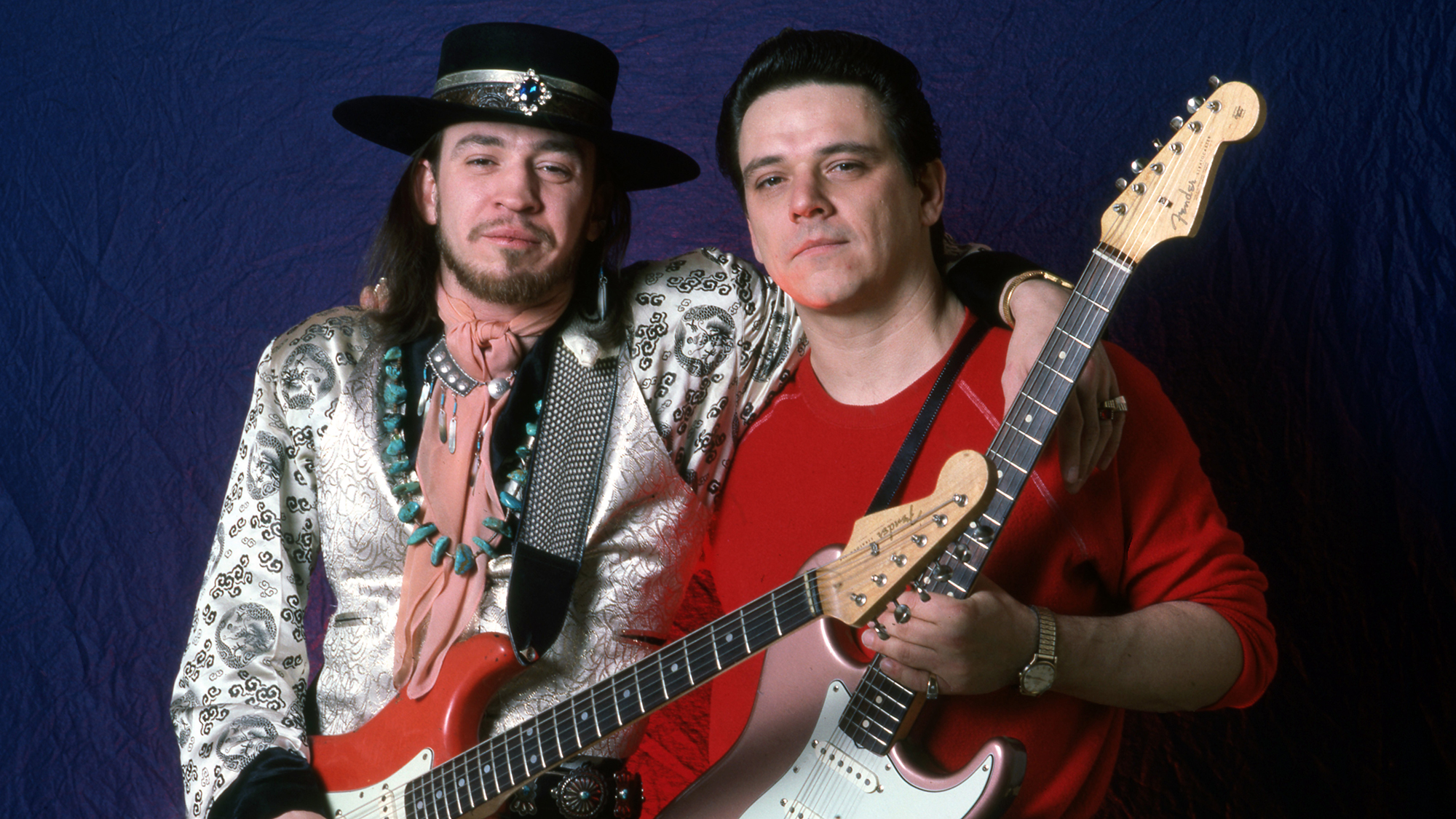Best pedals for classic rock 2025: killer stompboxes to help you recreate the tones of the rock elite
Our pick of overdrive, modulation, delay and boost pedals for an authentic classic rock tone that is sure to melt faces
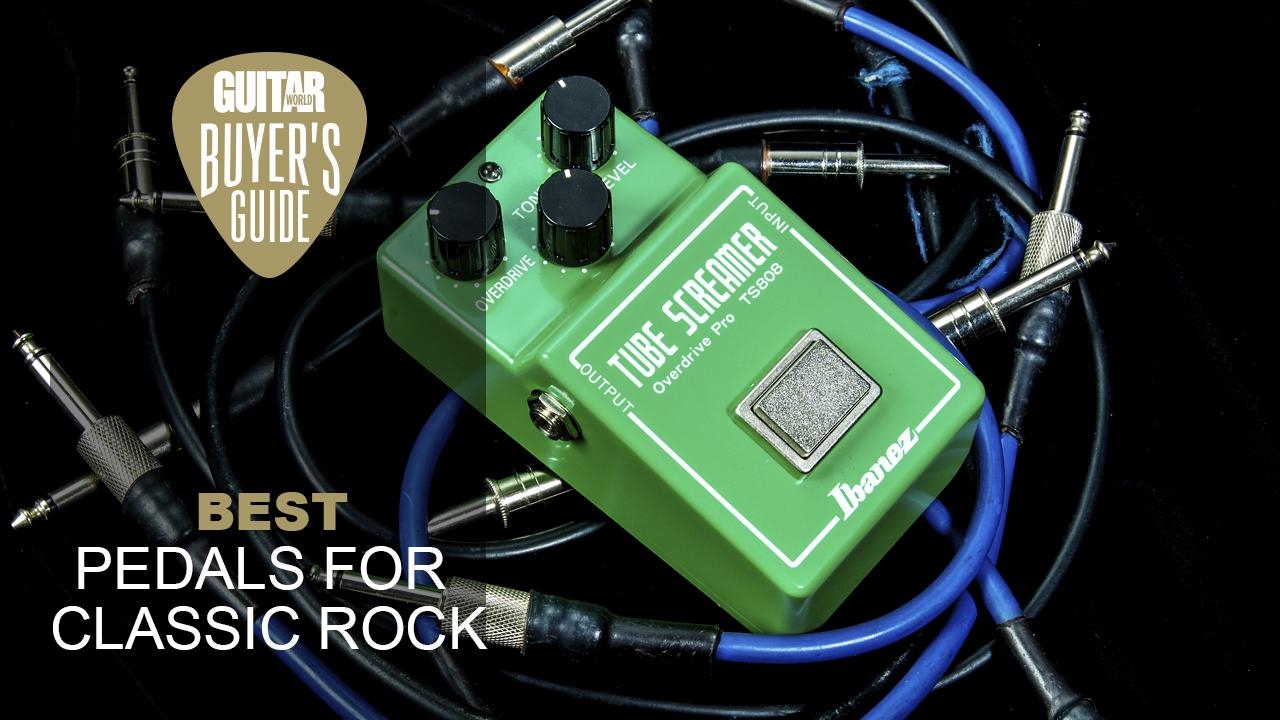
Led Zeppelin, AC/DC, and Deep Purple are just a few of the names that have not only cemented themselves into the popular zeitgeist with mega cross-over hit songs but have produced searing guitar tones that guitarists will be trying to recreate forever more. So, if you are among the many players mesmerized by the tones of legendary acts from the '70s and '80s, then this guide to the best pedals for classic rock is exactly what you've been looking for.
If we're honest, we believe that the sound of guitar-based music is constantly changing, evolving with each new generation of guitarists. Now, while we love the fact that new bands are pushing the envelope of tone, we totally understand why some players would look backwards and try to recreate the visceral tones of their heroes.
We've broken down this guide into four categories – drive, modulation, delay and boost – with the view to putting together the ultimate tribute to the sounds of iconic classic rock bands. So all aboard the crazy train, our first stop is Detroit Rock City, where there's a fair chance of you being left thunderstruck by the face-melting guitar tones on display.
Best pedals for classic rock: Our top picks
Okay, if we were going to pick one pedal from each of the below categories, in a view to building a robust classic rock pedalboard, then we'd have to start with the absolutely outstanding MXR Distortion Plus. This canary yellow stompbox has long been the sound of late 70s and early '80s rock and delivers a crisp, focused overdrive we are sure you'll love.
With the saturation sorted, it's time to move on to the effects. For modulation, it's a toss-up between EVH's favorite tangerine stomp, the MXR 90, or the legendary Boss CH-1 Super Chorus. We think the Boss pedal just edges it for us, thanks to its extra versatility and bomb-proof build.
For the delay, we'd opt for the classic Electro-Harmonix Memory Toy, as it's hard to find a better-sounding vintage delay for such a great price. Lastly, no classic rock-inspired pedalboard would be complete without a boost pedal – come on, you want everyone at the back of the pub to hear that Angus-esque lick you've been practicing for the last three weeks, right? We strongly believe you can't go wrong with the TC Electronic Spark Mini. This tiny pedal packs one hell of a punch and is super versatile, working with every amplifier you could think of.
Best pedals for classic rock: Overdrive/Distortion
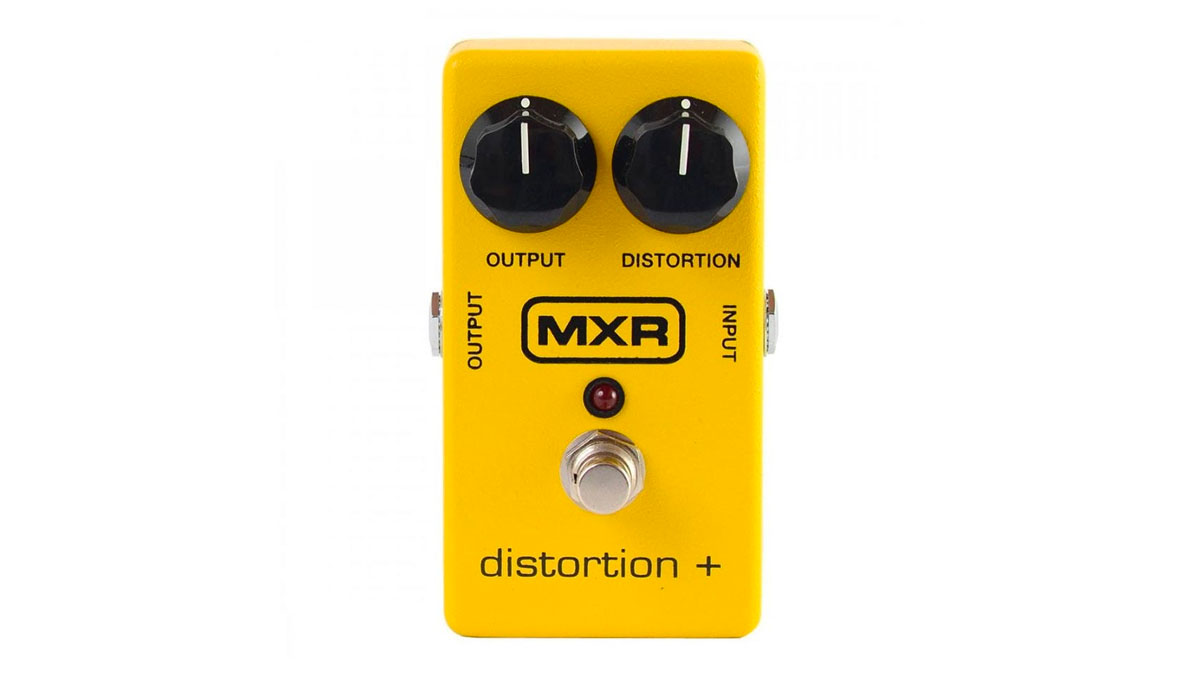
1. MXR Distortion Plus
Our expert review:
Specifications
Reasons to buy
Reasons to avoid
So if you are looking to mimic the sound of the late '70s, then it just makes sense to start with a pedal from that era – and our personal favorite is the ochre box of tone that is the MXR Distortion Plus. Originally released in 1979, this simplified overdrive pedal is arguably most associated with Ozzy axe man Randy Rhoads and was used to push his Marshall stack into pure distorted bliss.
Now, we'd go as far as to say that this little yellow box is completely idiot-proof - but don't be fooled by the limited control layout, it's actually very versatile. For a blues-based tone – à la Angus Young – keep the gain low while cranking the output to drive your amp harder. For a more aggressive hard rock tone, simply gun both controls and let rip!
For us, this is easily one of the best pedals for classic rock and the perfect stompbox to kick off your new pedalboard.
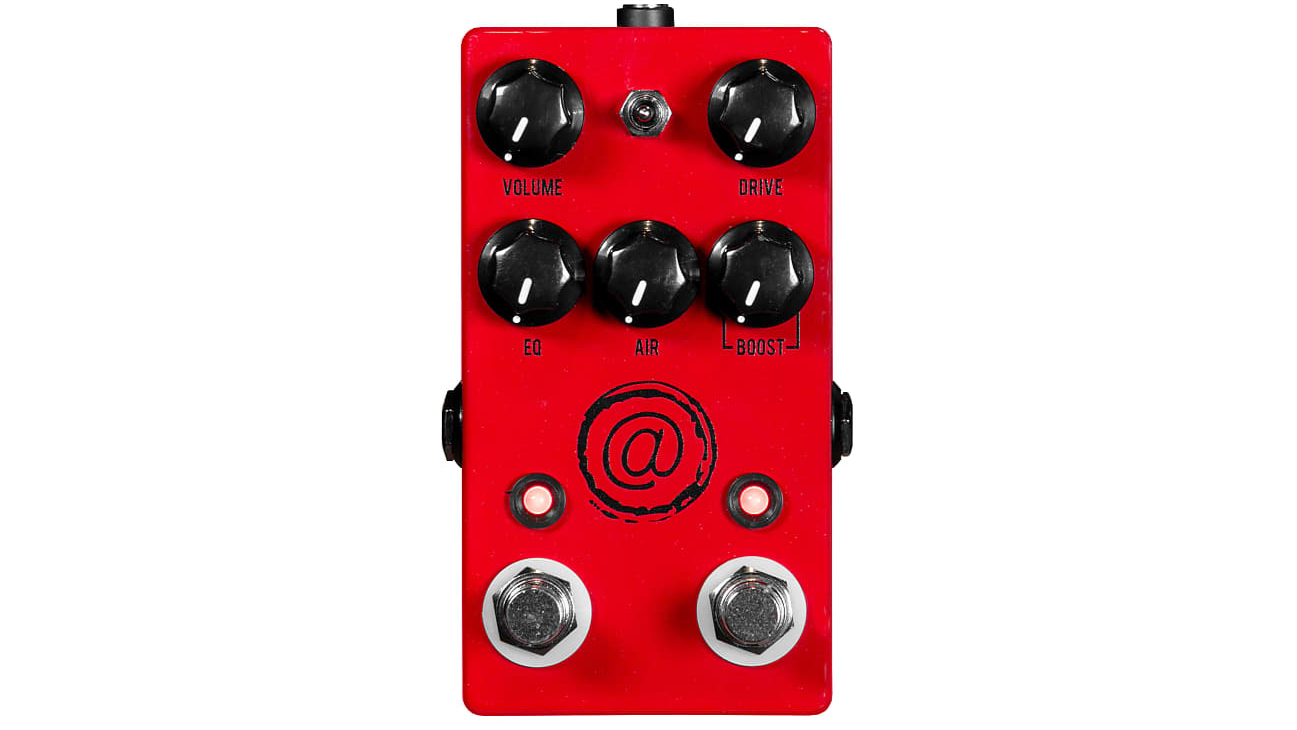
2. JHS Angry Charlie AT+
Our expert review:
Specifications
Reasons to buy
Reasons to avoid
Based in Kansas City, Missouri, this premium pedal company has made a name for itself in the extremely competitive world of high-end stompboxes by focusing on well-made, simple-to-use pedals that concentrate purely on great tone.
The JHS AT+ is a collaboration between JHS and the world-renowned guitarist Andy Timmons and builds on the first signature pedal designed for Timmons back in 2016, but now with an added boost section. It should be noted the boost is positioned in front of the main drive circuit, meaning you won't get a massive spike in volume when you stomp on it, you'll instead get a much-needed injection of gain and with it, more sustain.
Just like the original AT, the controls stay the same with Volume, EQ, Drive, and Air still present, as well as the rather clever three-way toggle, which simulates the headroom characteristics of a 25-watt, 50-watt, or 100-watt valve amp – making this a seriously versatile pedal.
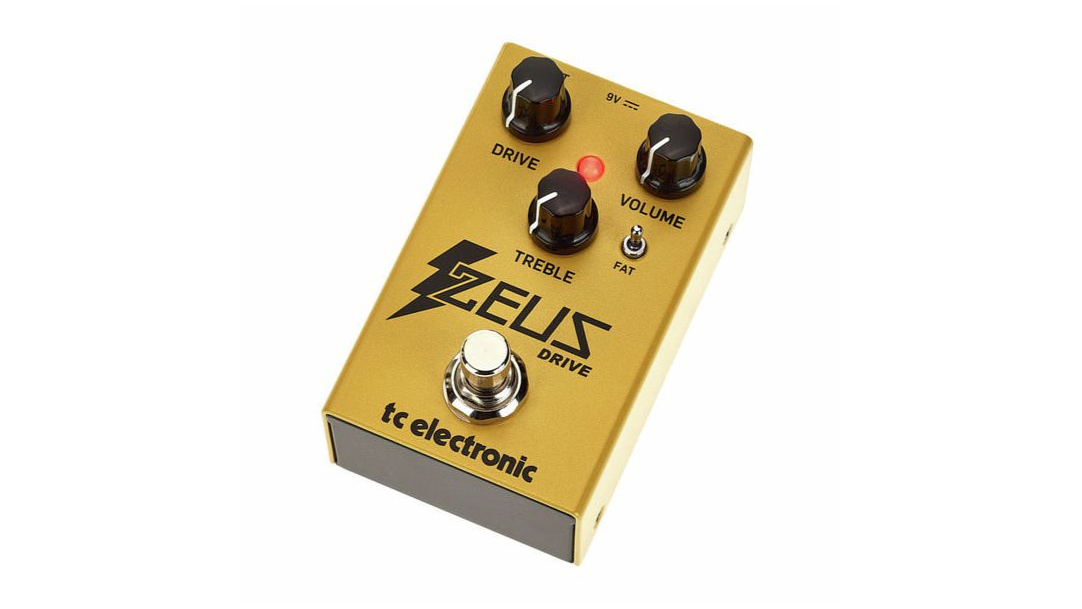
3. TC Electronic Zeus Drive
Our expert review:
Specifications
Reasons to buy
Reasons to avoid
Is TC Electronic the reigning king of budget guitar pedals? Well, we'd certainly say they are a strong contender. With pedals such as the Hall Of Fame reverb and the Ditto looper, these affordable pedals are beloved by players worldwide and the Zeus Drive is the latest addition to their ever-growing catalog.
Now, not only is the godly Zeus Drive extremely affordable, but it's also rather unique, offering players something a little different when it comes to saturation. Chief of which is the dual concentric gain control which cleverly blends the overdrive into your clean signal. At lower settings, you get more of your clean signal coming through, while at halfway, the blend becomes balanced between gain and clean, and of course, all the way up is 100% drive.
We find the Zeus Drive really excels when the gain is set a little over halfway, and it's run into a crunchy amp. So give it a go and see what you think for yourself.
Best pedals for classic rock: Modulation/Wah
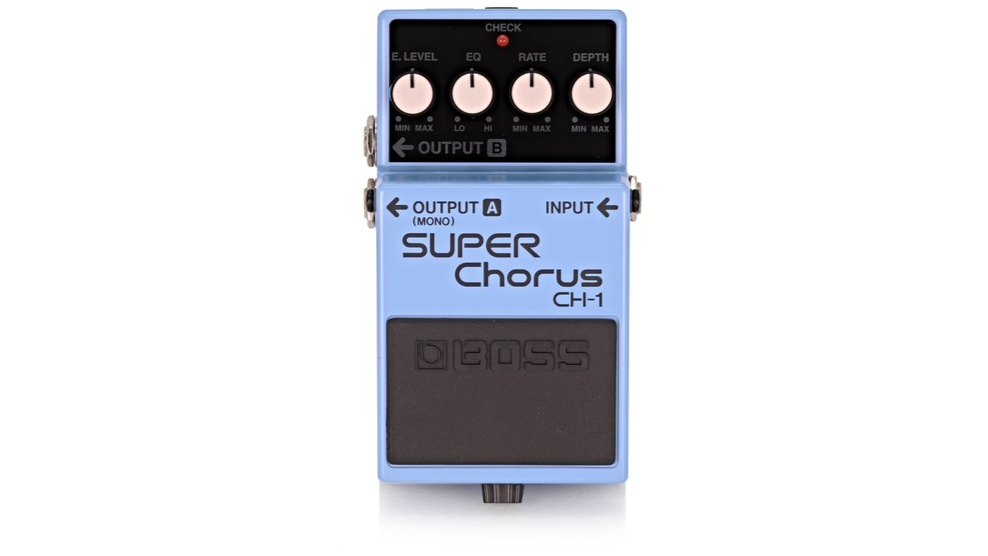
1. Boss CH-1 Super Chorus
Our expert review:
Specifications
Reasons to buy
Reasons to avoid
It seems almost every guitarist in the world has used a Boss CH-1 at some point in their lives. It's accompanied the likes of Richie Sambora, Jerry Cantrell, and Robert Smith into the studio and has even been spotted out on the road with a plethora of other big-name bands. But why is it so loved? Well, in short, it freakin' rules.
So, you may be wondering why you need a chorus for classic rock. Well, chorus is used a lot on cleaner guitar parts to add a sense of depth and movement and can be heard on the intro to Paradise City by Guns' N' Roses, Nirvana's Come As You Are, and many tracks from Pink Floyd. Of course, it isn't just used on clean sections of songs and is often used to replicate the sound of double-tracked guitars.
For our money, if you need a reliable, simple-to-use chorus pedal, then you can't go wrong with the legendary Boss CH-1.
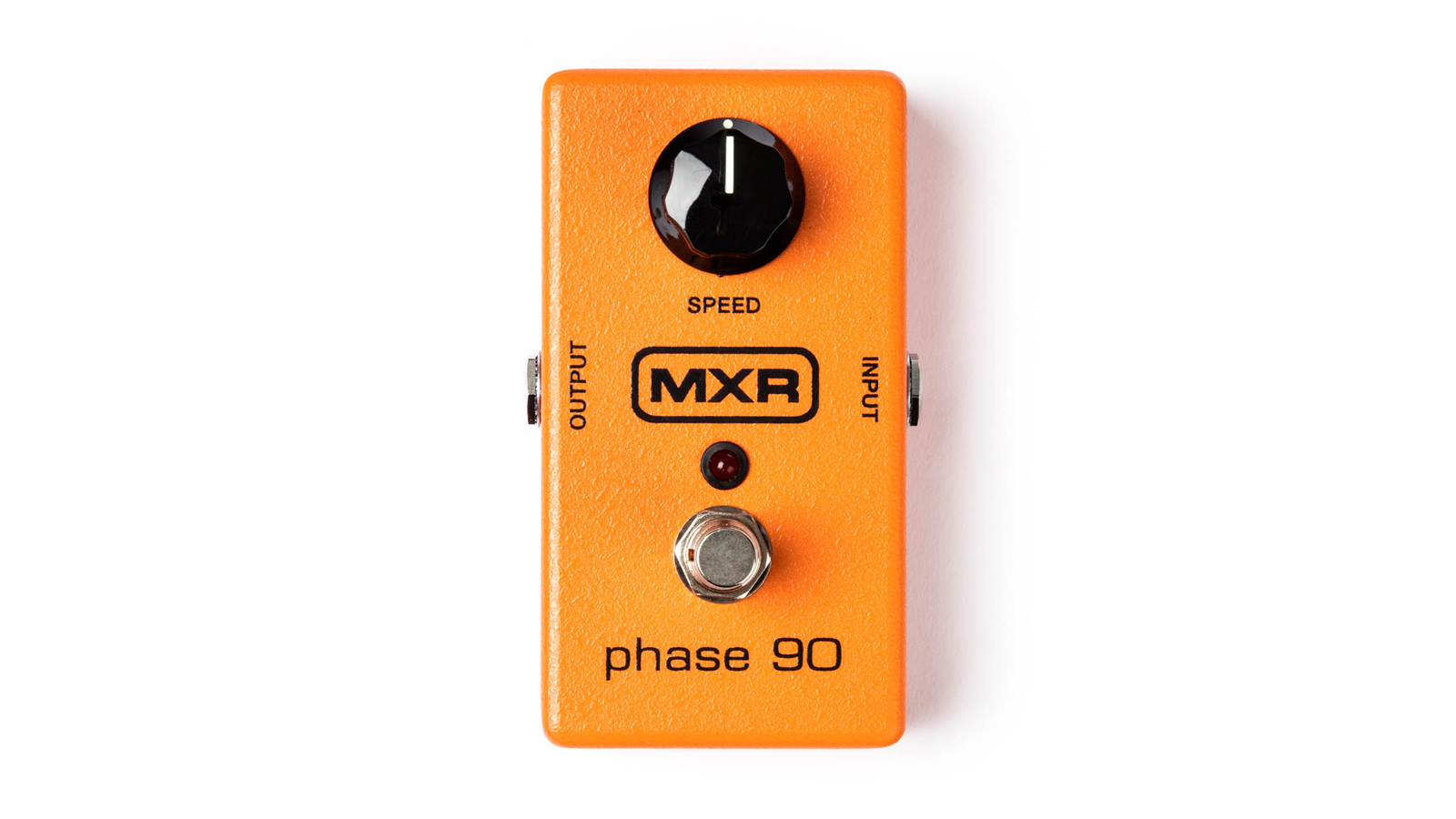
2. MXR Phase 90
Our expert review:
Specifications
Reasons to buy
Reasons to avoid
There's no guitarist out there who's had a bigger impact on the sales of the MXR Phase 90 than Edward Lodewijk Van Halen. Eddie turned the swooshing sound generated by this humble stompbox into a must-have sonic accessory – as well as the Floyd Rose, of course – transforming the landscape of classic rock guitar tones in the process.
If you thought the MXR's Distortion Plus was a simple pedal, then you haven't seen anything yet. The famed Phase 90 features a solitary dial, which merely controls the rate of the phasing effect. For subtle tone, keep the rate low and for space-age worble, turn the dial all the way to the right.
Like a chorus, a phaser is perfect for adding a little movement and interest to your guitar parts, and it's particularly great on fast lead lines, taking them to a whole new level.
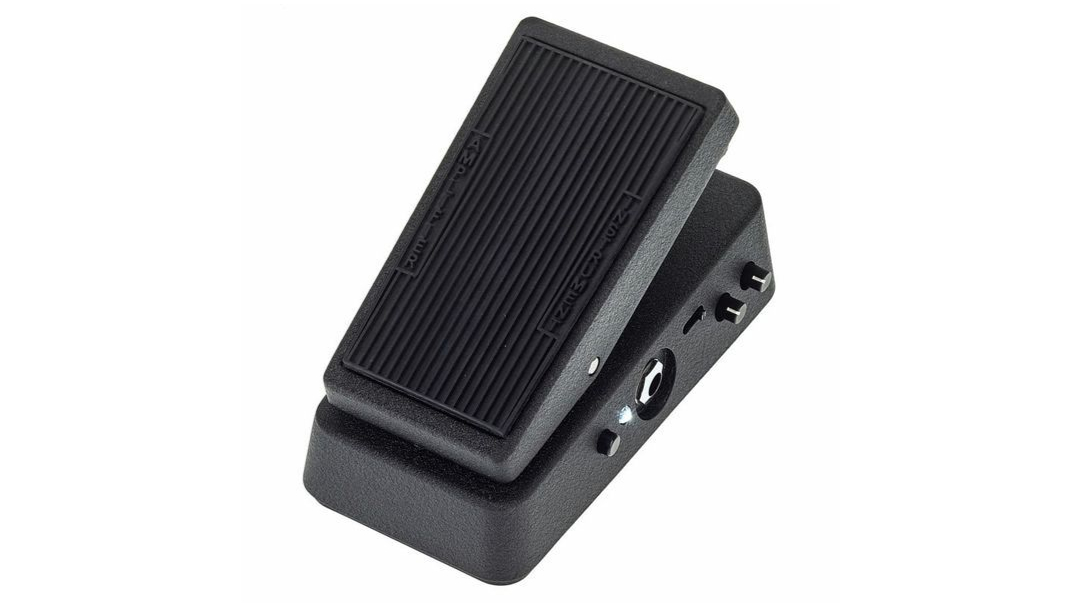
3. Dunlop Cry Baby Mini 535Q
Our expert review:
Specifications
Reasons to buy
Reasons to avoid
Whether it's the intro to Voodoo Child, the solo of Sweet Child O' Mine, or Cream's epic White Room, the wah pedal has long been associated with classic rock greatness and, therefore, a classic rock pedalboard would feel naked without it.
Now, there are a plethora of wah pedals on the market, but our top choice – currently – is the Dunlop Cry Baby Mini 535Q. This innovative wah takes the tried and true formula of the original Cry Baby and shrinks it down into a more pedalboard-friendly unit. Despite its smaller size, it still retains the controls you'd expect to see on the 535Q model, featuring four sweep ranges, Q control and an LED.
If you are at all serious about replicating the sound of classic rock, then a wah pedal is an absolute must, and the Dunlop Cry Baby Mini 535Q is a strong contender for the best one out there.
Best pedals for classic rock: Delay

1. Electro-Harmonix Memory Toy
Our expert review:
Specifications
Reasons to buy
Reasons to avoid
Electro-Harmonix has been a staple of the rock scene ever since the Big Muff Pi changed the landscape in 1969, so if we are going to pick a delay pedal for our classic rock 'board, it makes sense to go with a brand that is so historically significant.
Now, there are a number of delay units produced by EHX, from the absolutely legendary – and the Edge's entire sound – Memory Man, the not quite as grown up Memory Boy, and the pedal that's our choice for this 'board, the Memory Toy.
We've chosen to go for the more basic Memory Toy as it's affordable, reliable, and, frankly, sounds superb. With up to 550ms of delay time, this is definitely not a toy, add the ability to layer a lush chorus over the delayed signal and you get a valuable pedal that most definitely deserves a slot on your 'board.
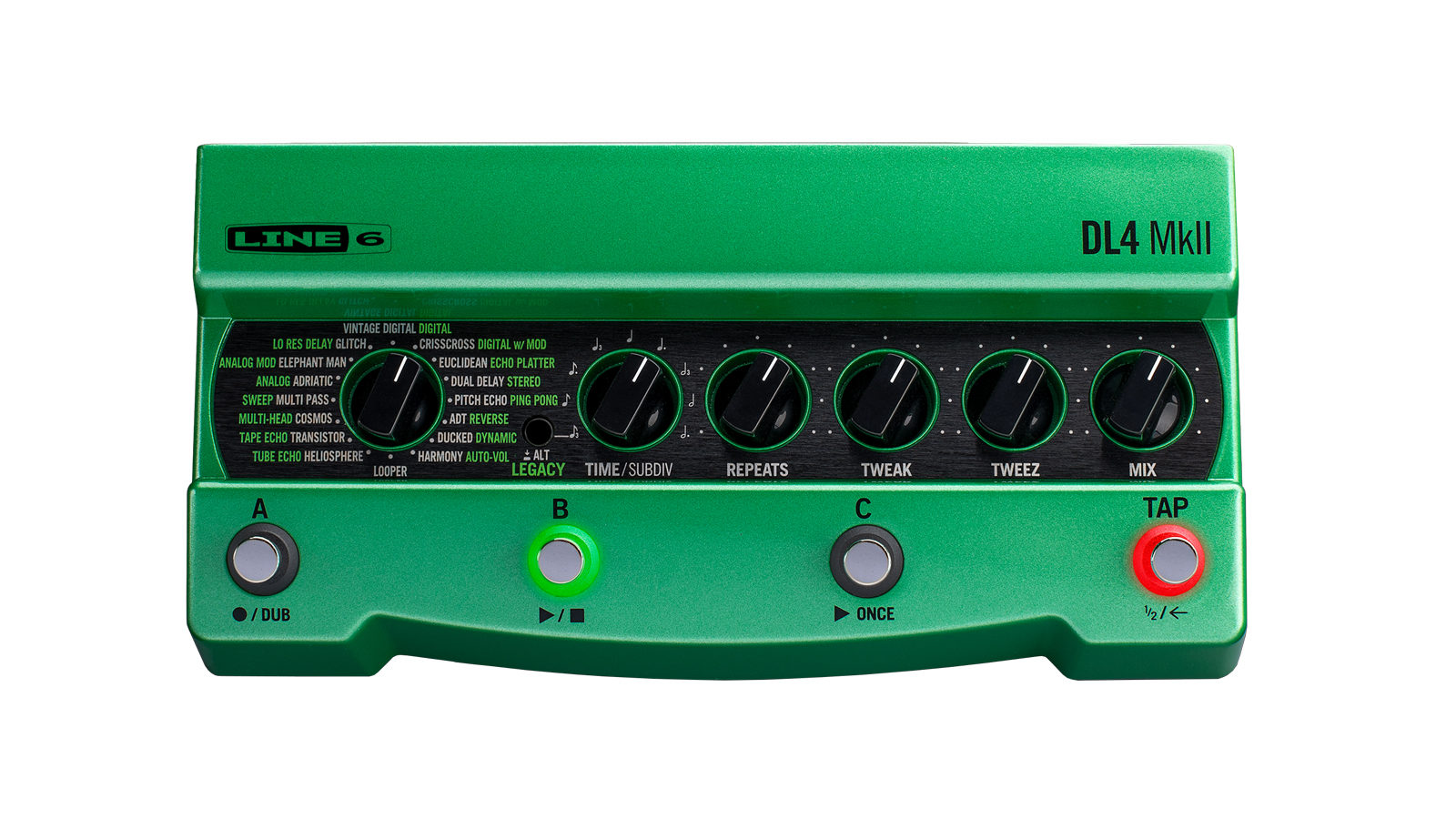
2. Line 6 DL4 MKII
Our expert review:
Specifications
Reasons to buy
Reasons to avoid
Chances are you don't need us to tell you how revolutionary the original Line 6 DL4 was when it was released at the turn of the millennium. This unassuming verdant stompbox changed people's perceptions of digital modeling and became a firm favorite of guitarists across the globe.
So, with that said, you can see why we'd be excited for a mark II – even if it was a few decades late. Luckily the new DL4 MkII includes everything we loved about the original but manages to shrink the size to a pedalboard-friendly format and introduce 15 new delays!
Okay, this isn't exactly a simple unit, but if you are looking to cover as much ground as possible with one delay, then the DL4 MKII is the pedal for you.
Read our full Line 6 DL4 MK review.
Best pedals for classic rock: Boost
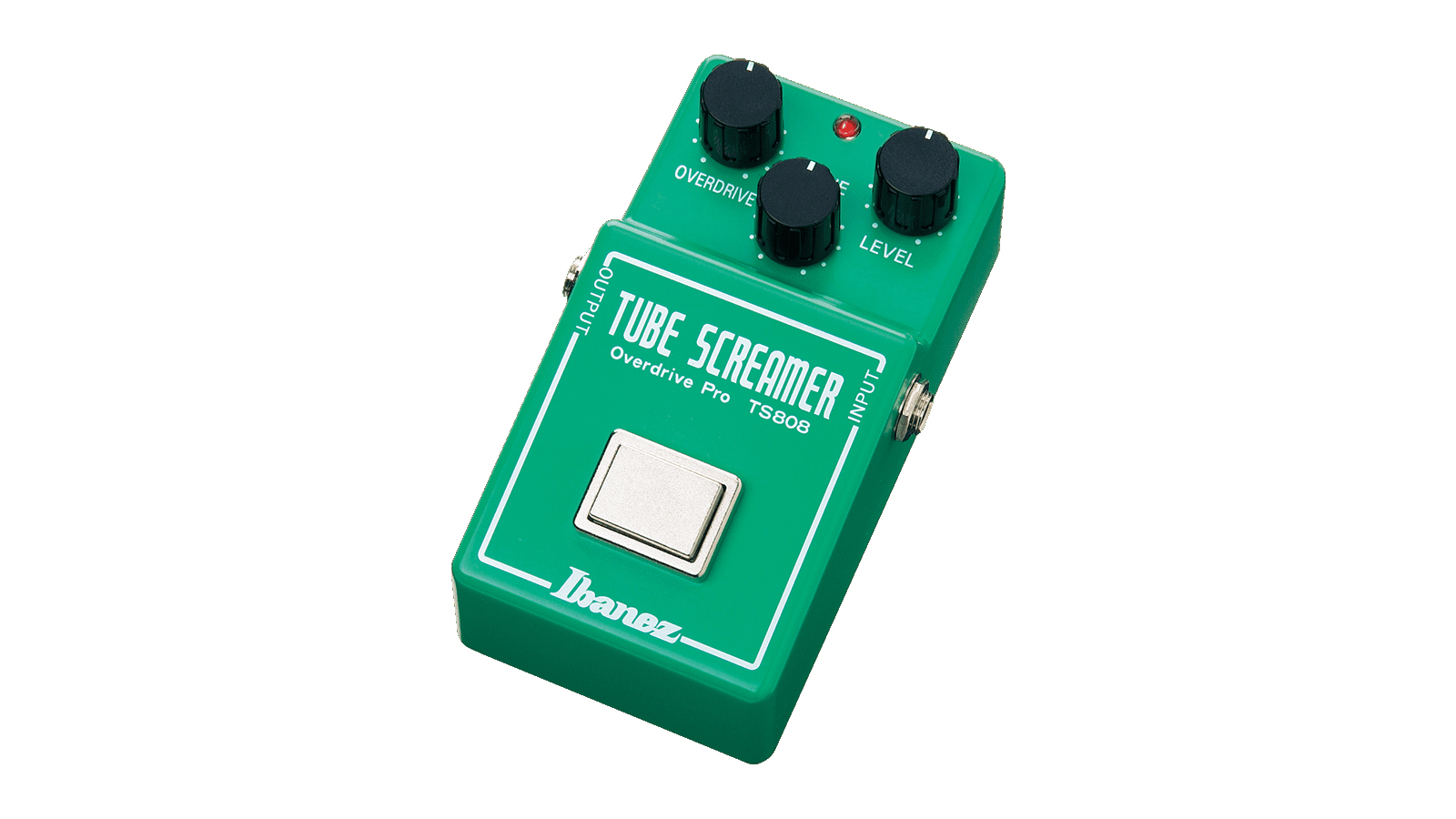
1. Ibanez Tube Screamer
Our expert review:
Specifications
Reasons to buy
Reasons to avoid
Classic rock without an Ibanez Tube Screamer is like having a pizza without cheese – without it, something is missing. Now, the Tube Screamer is technically an overdrive pedal, but it's widely used as a boost for solos or to tighten up an unruly cranked amplifier.
This Ibanez classic is famed for its aggressive mid-range, which is why it's beloved as a boost. Traditionally players like to gun the volume and back off the gain, taking advantage of the pushed mids to be heard over the rest of the band.
There are many options when it comes to Tube Screamers, from the TS9, TS808, TS Mini, and TS9 Deluxe. These all do pretty much the same thing, so pick the one that sounds the best to you.
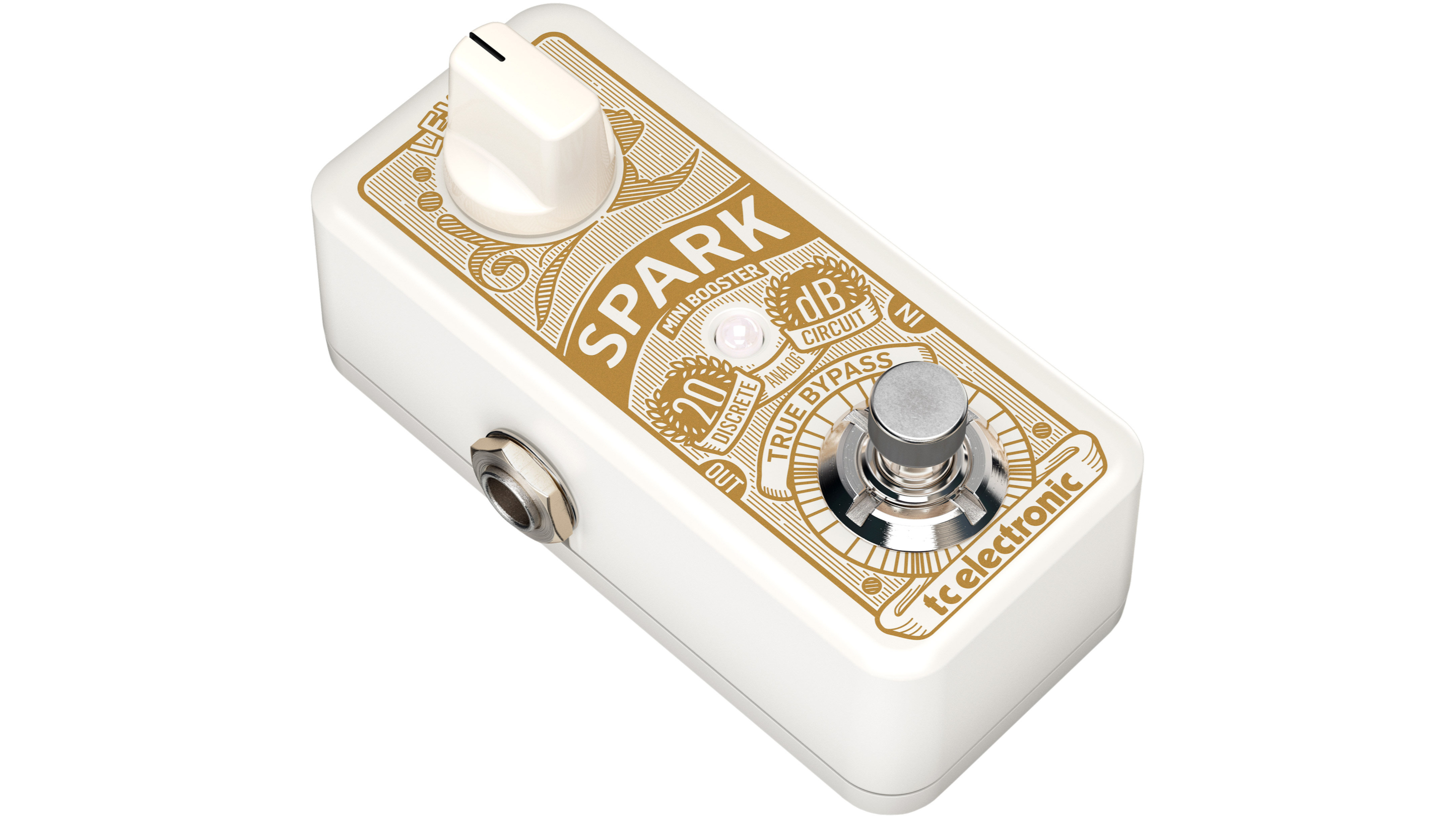
2. TC Electronic Spark Mini
Our expert review:
Specifications
Reasons to buy
Reasons to avoid
Okay, so some players just want a no-nonsense boost that does one thing – boost! Well, that's exactly what the TC Electronic Spark Mini does, and boy does it do it well. This compact and robust booster will increase your signal by a mega 20dB, and the solitary control means there's no faff, just turn it up and melt faces!
Like the entire TC line, this pedal is super affordable and is built with performance in mind, with just the bare necessities included. That said, don't let its basic demeanor fool you, it's used by some pretty big names, with the likes of Sabbath's Tony Iommi and Anthrax axe man Scott Ian relying on this tiny boost to make sure their signature licks are heard by millions of fans on tour.
So if you want a boost that is super simple and endorsed by rock royalty, then the TC Electronic Spark Mini most definitely fits the bill.
Best pedals for classic rock: Buying advice
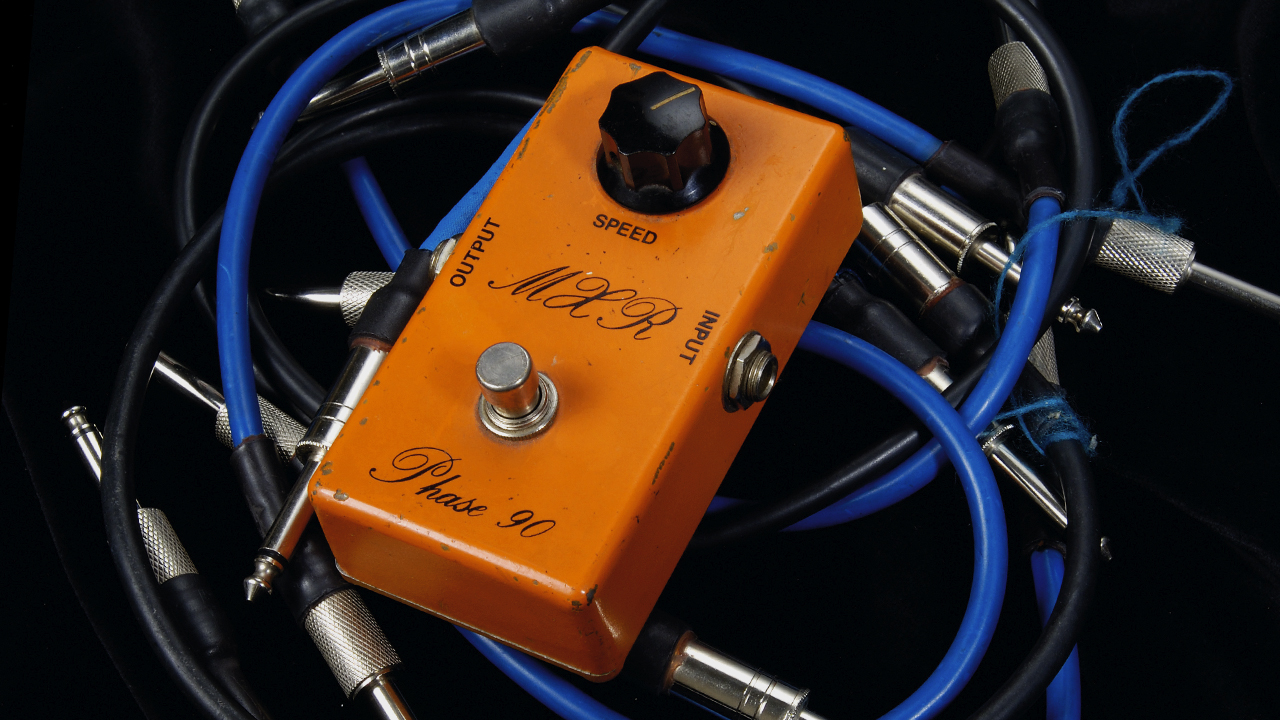
What are the tonal characteristics of classic rock?
You can trust Guitar World
When we talk about a "classic rock" tone, what are we referring to? Well, for us, the most important component in this tone is the overdrive. We believe it should be a natural saturation, akin to a cranked tube amp – most of our heroes were using completely gunned Marshalls, after all.
Next is the modulation – which can be chorus, phaser, or flanger – which was everywhere in the 80s. This adds a sense of movement and sonic interest to your tone and is perfect on clean sections, or if you're following in Eddie's footsteps, then on solos, too.
Talking of solos, it's rare to hear a classic rock solo without a touch of delay or wah. Again, these effects are used sparingly to add ear candy for the listener, turning an otherwise standard guitar line into something mind-blowing.
Do you need pedals to nail the classic rock sound?
The short answer is no. You don't need pedals for this sound, but they certainly help. While it is possible to nail Page's tone with a Gibson Les Paul and a Marshall that's on the brink of exploding, the truth of the matter is, we're never able to play at the sort of level they did back in the day, and even if we could, our gear just isn't the same. Instead, it's easier, cheaper and better on your ears to go down the pedal route.
What else do I need?
If you are putting together a pedalboard for the first time, then it's easy to overlook a few very important items. So, let's quickly go through the most important elements you'll need to build the ultimate classic rock pedalboard.
The first - and most obvious – is the pedalboard itself. Now, these come in various shapes and sizes, and which you choose will largely depend on how many pedals you opt for. If you are looking for a small, reasonably priced 'board, then the D'Addario XPND adjustable pedalboard is a fantastic choice, as you'll have room to grow your pedal collection. If you already have a fair few pedals, then the insanely popular Pedaltrain Classic Jr is also a fabulous option.
Next is the power supply. We always recommend an isolated unit that is as noise-free as you can get. Be sure to check out our guide to the best pedalboard power supply for more in-depth advice. Two of our favorites are the Truetone 1 Spot Pro CS7 and Ernie Ball Volt. Remember you'll need to make sure there's enough space under you're pedalboard to fit the power supply, so make sure you check this before you make a purchase.
Lastly, you'll need patch cables to link all of your pedals together. We are big fans of the Rockboard Flat patch cables, which have always proven to be very reliable and the flat design means they don't take up too much space on your 'board. For more options, check out our guide to the best patch cables.
Related buyer's guides
- Start out right with the best beginner electric guitars
- Play harder with the best rock guitars
- Got the blues? Check out the best blues guitars
- These are the best electric guitars under $1,000
- Killer cheap guitar pedals you need to try
- Check out the best Tube Screamer clones
- Expand your playing style with the best Boss pedals
Get The Pick Newsletter
All the latest guitar news, interviews, lessons, reviews, deals and more, direct to your inbox!
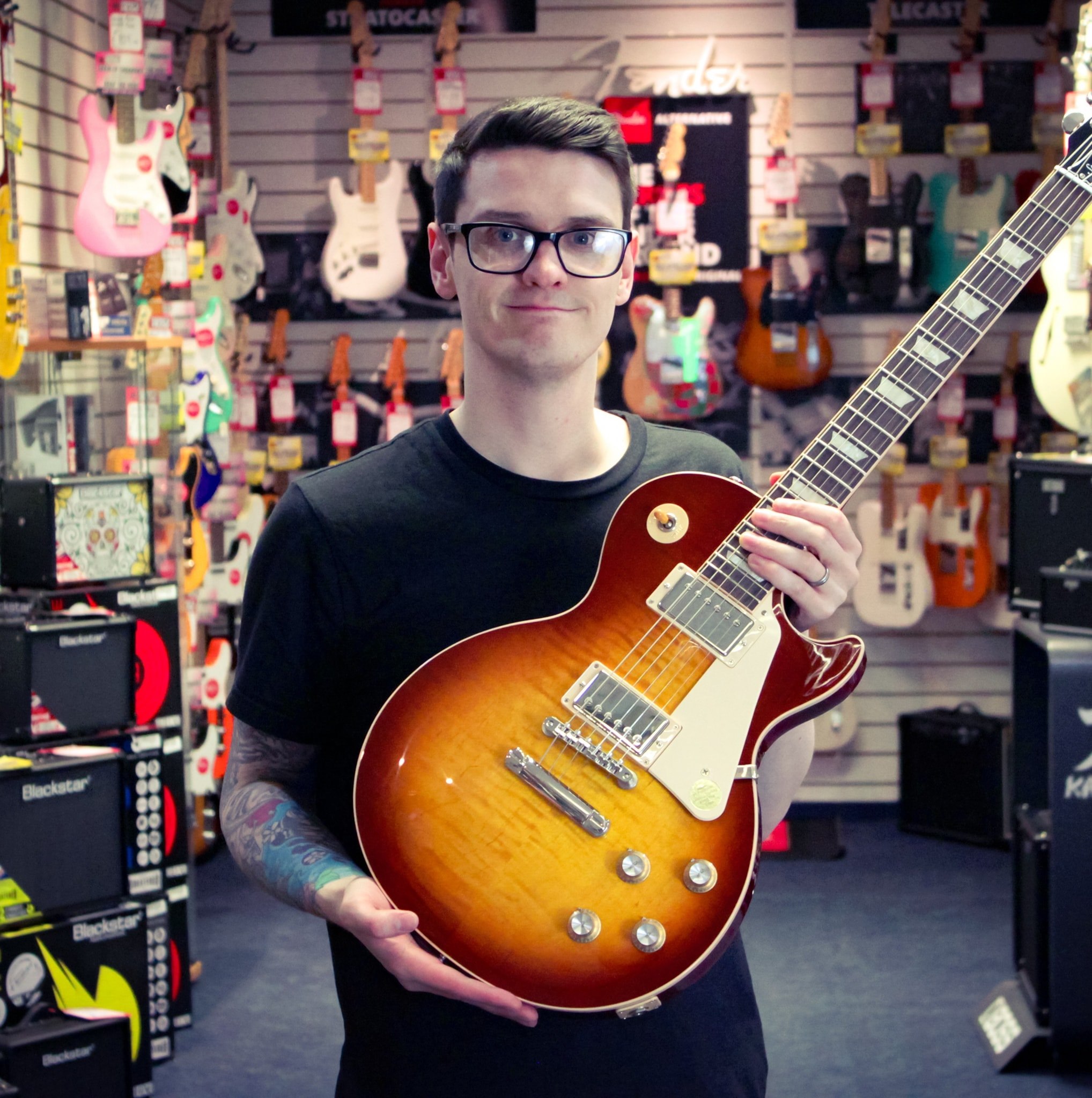
Daryl is a Senior Deals Writer at Guitar World, where he creates and maintains our 200+ buyer's guides, finds the best deals on guitar products, and tests the latest gear. His reviews have been featured in prominent publications like Total Guitar, Future Music magazine, and MusicRadar.com.
During his career, he has been lucky enough to talk to many of his musical heroes, having interviewed Slash and members of Sum 41, Foo Fighters, The Offspring, Feeder, Thrice, and more. In a past life, Daryl worked in music retail. For a little under a decade, he advised everyone from absolute beginners to seasoned pros on the right gear for their needs.
Daryl is also a fully qualified sound engineer, holding a first-class Bachelor's degree in Creative Sound Production from the University of Abertay.










